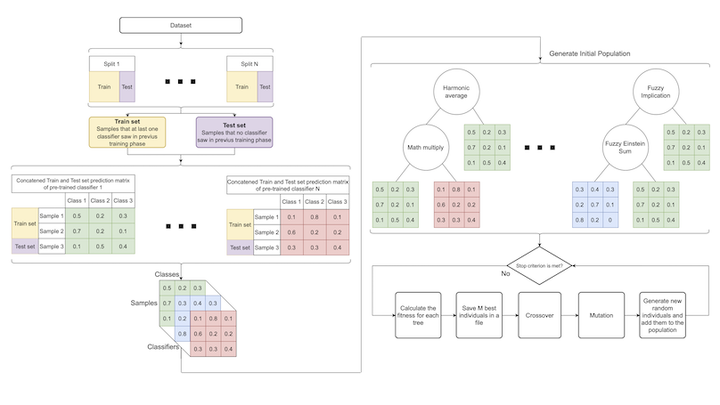Strategies for Classifier Selection Based on Genetic Programming for Multimedia Data Recognition

Abstract
We live in a digital world with an explosion of data in various forms, such as videos, images, signals, and texts, making manual analysis unfeasible. Machine learning techniques can use this huge amount of data to train models as an excellent solution for automating decision-making processes such as fraud detection, product recommendation, and assistance with medical diagnosis, among others. However, training these classifiers is challenging, resulting in discarding low-quality models. Classifier committees and ensemble pruning have been introduced to optimize classification, but traditional functions used to fuse predictions are limited. This paper proposes the use of Genetic Programming (GP) to combine committee members' forecasts in a new fashion, opening new perspectives in data classification. We evaluate the proposed method employing several mathematical functions and fuzzy logic operations in HMDB51 and UCF101 datasets. The results reveal that GP can significantly enhance the performance of classifier committees, outperforming traditional methods in various scenarios. The proposed approach improves accuracy on training and test sets, offering adaptability to different data features and user requirements.